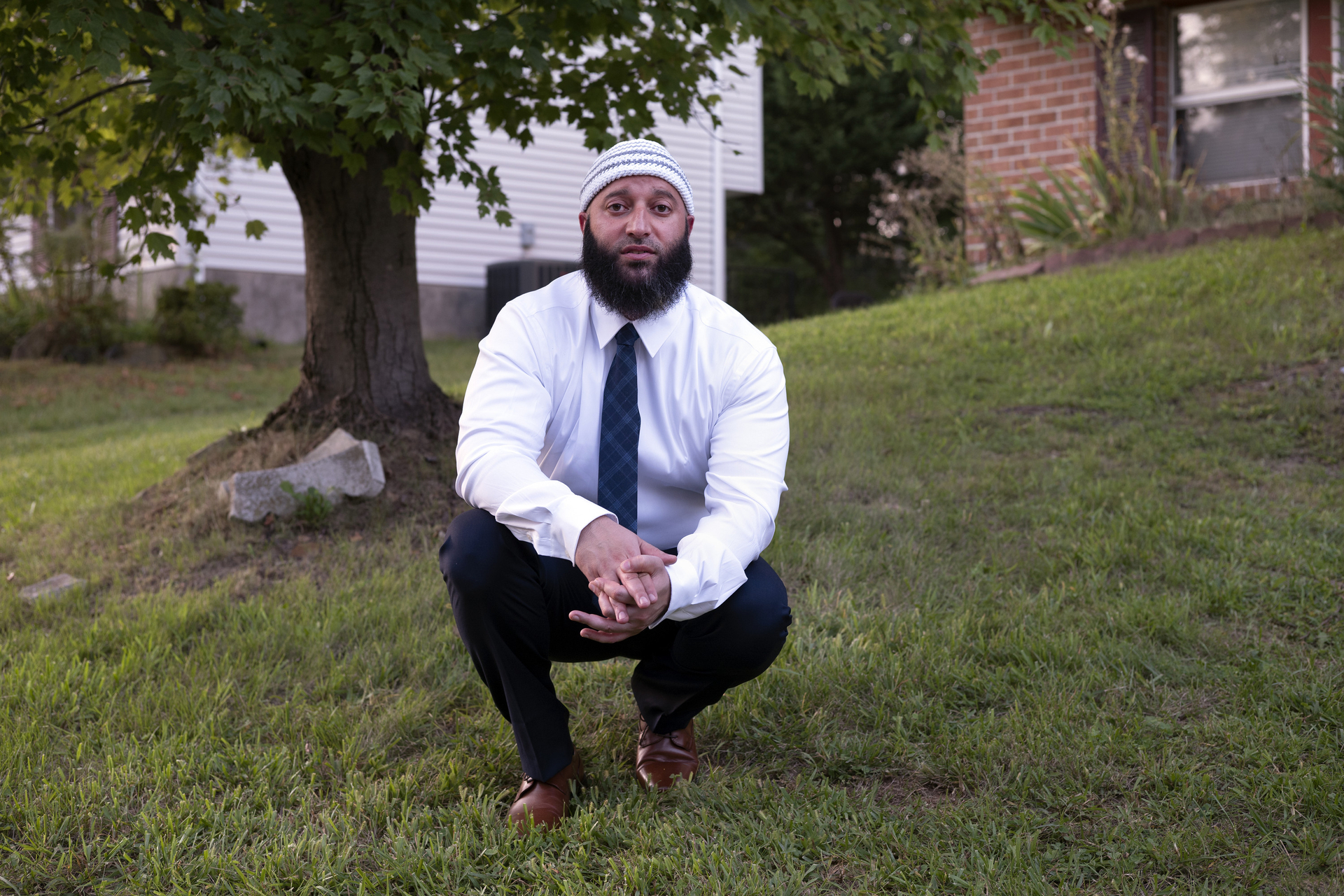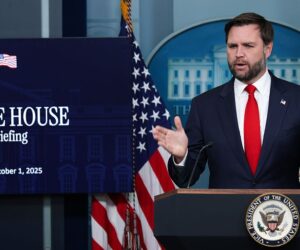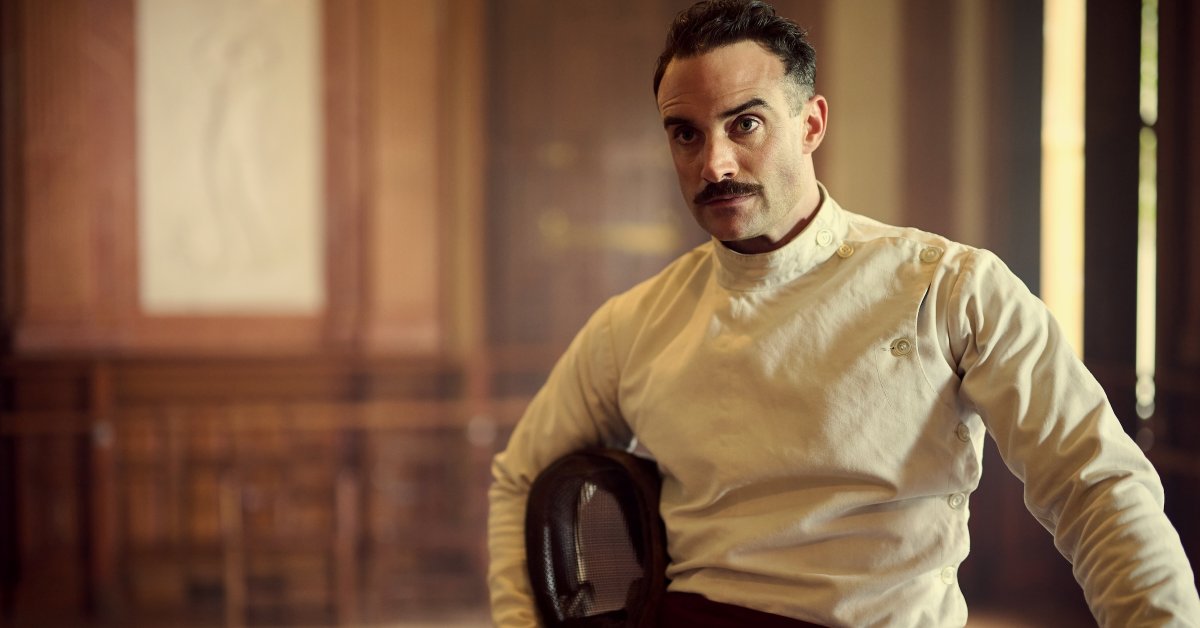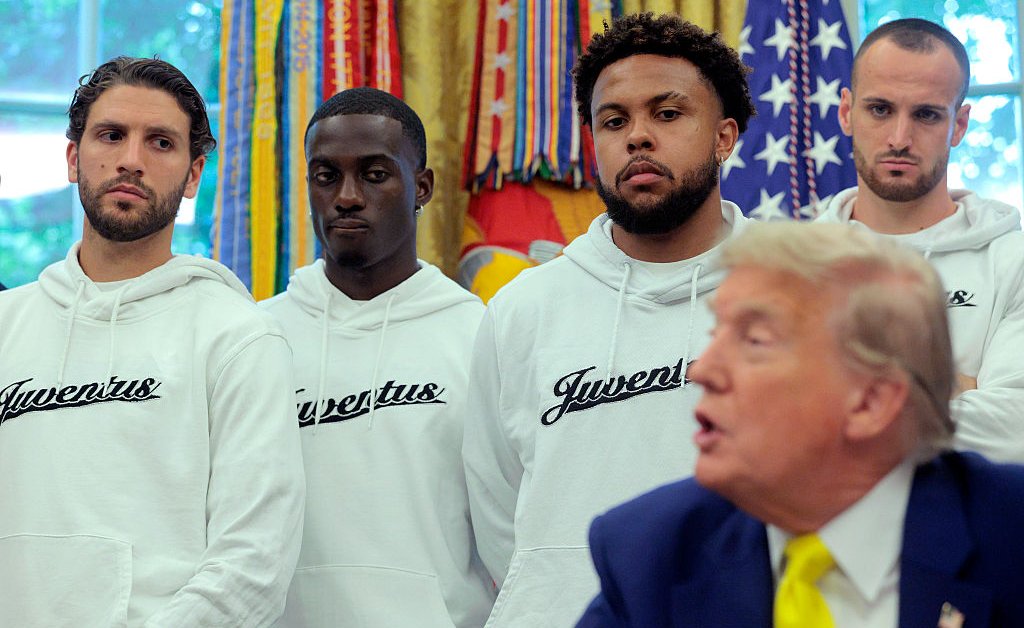
HBO has released an update to its 2019 series The Case Against Adnan Syed that outlines the end of the saga of a man who was imprisoned in 2000 at the age 18 after being convicted of murdering his ex-girlfriend, Hae Min Lee, in a Baltimore park in 1999. Syed’s case was made famous by the 2014 podcast Serial, which won a Peabody Award for its investigation that explored whether Syed was wrongfully convicted.
[time-brightcove not-tgx=”true”]
Six years after the HBO documentary traced Lee’s murder, Syed’s conviction, and the impact of Serial, the new episode in the series shadows Syed as he’s released from prison in 2022 after serving 23 years. That freedom was short-lived, however. In 2023, six months after his release, the Maryland Court of Appeals, the state’s highest court, agreed with Hae Min Lee’s family that they were not given enough notice about his release. Syed’s murder conviction was reinstated, but in March 2025, a judge ruled that he wasn’t a harm to the public and would not have to return to prison.
The episode features conversations with Syed in prison and after his release, plus lawyers involved with the case and Syed’s family members. Here’s what to know about the doc’s final episode and the status of the case.
Re-examining a 26-year-old case
The reason Syed was sentenced to life in prison is because one of his friends, Jay Wilds, testified in 2000 that he helped Syed bury Lee’s body. However, “there’s no evidence…no actual physical evidence,” linking Syed to the crime, director Amy Berg says.
So the question is: if Adnan didn’t kill Lee, who did? No one else has been charged for Hae Min Lee’s murder. As of May 2025, the Baltimore police department hadn’t tested any new DNA results against alternative suspects.
Episode 5 zeroes in on a 2020 incident that prompted law enforcement to look at Syed’s case in a new way. A postal worker reported a naked man chasing her, and law enforcement officials made the connection that the man was Alonzo Sellers, who told police that he found Hae Min Lee’s body in Baltimore’s Leakin Park in 1999. Officers who went to Sellers’s house found a collection of newspaper clippings from the time frame in which Lee was found dead. “That’s very suspicious,” argues Berg.
Sellers faced charges of assault and indecent exposure, however, his DNA has not been tested against the DNA in Lee’s case. Sellers did not respond to a HBO producer’s request for comment.
When Adnan Syed returned home

Viewers will see Syed return to his childhood home after 23 years, where he reunites with his parents and little brother. “I haven’t touched a tree in almost 24 years,” he says, as he puts a hand on one in his family’s front yard.
Syed was desperate to be released because his mother was diagnosed with cancer, and he wanted to help her through treatment. Syed’s reunion with his father is even more moving to watch now because the older man passed away about a year ago after a long illness.
As he sits on his childhood bed, he recalls the whirlwind moment when police came in and ordered him to get dressed and come with them. Syed describes freedom as bittersweet, arguing that he made friends in prison and worries he will never see them again because they’re serving life sentences. “People that I see every night, people that I see every morning, they’re not here.” However, he did find community in a network of exonerees.
Where is Adnan Syed now?
In March 2025, Syed’s sentence was reduced to time served under the Maryland Juvenile Restoration Act. Now 44 years old, he is serving five years of supervised probation.
He’s always wanted to go to college, and in prison, he did a couple of semesters at Georgetown University as part of its bachelor of arts program at Patuxent Institution.
Nowadays, he works at Georgetown’s Prisons and Justice Initiative, which offers education and job training for incarcerated individuals and those re-entering the workforce. He continues to advocate for wrongfully convicted individuals.
“He’s a very optimistic person,” Berg says. “We could all learn a lot from Adnan.”








